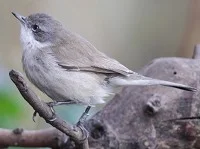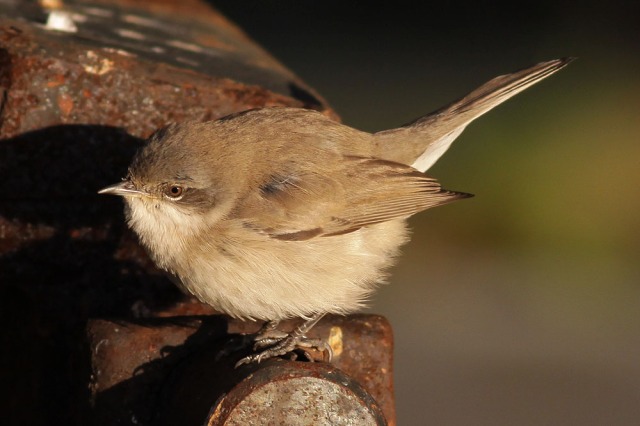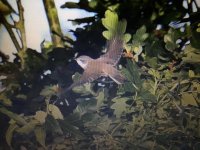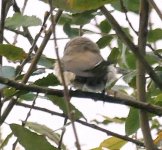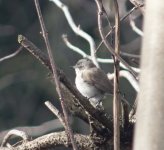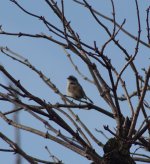Liverbird37
Member

Hi everyone hope you are all well. I had a bird visit my garden feeders today and wanted to get your opinions on its I'd. I'm guessing it's a Lesser Whitethroat, but understand that they migrate to Africa in October so I could well have got it wrong.
It's a bit smaller Than a Great Tit, but bigger than a Blue Tit. It's legs were dark grey colour. It fed only on the fat cake I had. It sat quite happily in my elderberry tree for a good 10mins. Seemed very relaxed and in no hurry to leave. I had hoped it would move so I could get pics of its back but it refused to oblige.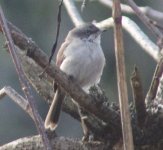
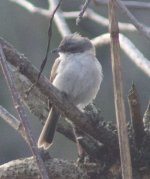
I apologise the pic isn't better. It was taken from inside the house as I didn't want to scare it off. I live east London (Barking) a couple of minutes walk from the river Thames. Is it usual for Whitethroats to stay in the UK over Winter ? I'd be so very very grateful for any help you may be able to offer me. Thank you so very much for in advance.
It's a bit smaller Than a Great Tit, but bigger than a Blue Tit. It's legs were dark grey colour. It fed only on the fat cake I had. It sat quite happily in my elderberry tree for a good 10mins. Seemed very relaxed and in no hurry to leave. I had hoped it would move so I could get pics of its back but it refused to oblige.


I apologise the pic isn't better. It was taken from inside the house as I didn't want to scare it off. I live east London (Barking) a couple of minutes walk from the river Thames. Is it usual for Whitethroats to stay in the UK over Winter ? I'd be so very very grateful for any help you may be able to offer me. Thank you so very much for in advance.





